Marine
Industry Overview
Key Features
Challenges
Being at sea for long periods of time makes the use of on-shore oil analysis labs impractical for marine vessels. By the time results are received back on board the equipment being analyzed might have failed already.
offers a set of solutions to transform the vessel owner’s onboard oil analysis program. As instrumentation size decreases and becomes more portable, oil analysis devices are now being put in the hands of the end user. It has been proven that these new smaller devices do not sacrifice analytical performance. This brings the end user closer to the vessel and its problems, enabling time-sensitive, critical decision making.
Cold Corrosion - Large, two-stroke diesel engines are used in over 30,000 ships worldwide. Due to over lubrication, they waste in excess of US$2 billion of cylinder oil every year. This creates more than 1.25 million tons of contaminated drain oil that needs proper disposal. This over-lubrication in slow speed, two-stroke marine diesel engines can cost ship managers and owners more than $100,000 per year per ship.
Cylinder under-lubrication leads to cold corrosion and early failure of expensive engine components like pistons, piston rings and cylinder liners. Careful monitoring of cylinder oil BN allows the operator to use enough oil to prevent cold corrosion without wasting valuable oil and additives.
Typical Tests & Applications
Wear
Particle count - a high particle count or a rapid increase in particles can foreshadow an imminent failure.
Chemistry
Total Base Number (TBN) - TBN measures the amount of active additive left in a sample of oil. The TBN is useful for people who want to extend their oil usage far beyond the normal range. The TBN of a used oil can aid the user in determining how much reserve additive the oil has left to neutralize acids. The lower the TBN reading, the less active additive the oil has left.
Viscosity - The main function of lubrication oil is to create and maintain a lubrication film between two moving metal surfaces. Insuring the viscosity is within recommended ranges is one of the most important tests one can run on lube oil.
Oxidation, Nitration, Sulfation - Lubricating oil at elevated temperatures can react with oxygen and nitrogen in the atmosphere, as well as sulfur in fuel, to form undesirable by-products that can affect the oil's viscosity and lead to corrosion or damage of equipment.
Contamination
Fuel Dilution - Fuel dilution in oil is a condition caused by excess, unburned fuel mixing with engine oil in an engine crankcase. Hydrocarbon-based fuel, usually with a lower vapor pressure than the lubricant, has a thinning effect, lowering the oil viscosity. Oil film strength is reduced, increasing the cylinder liner and bearing wear.
Glycol - Glycol is found in engine coolant. If glycol is found in engine oil it typically indicates there is a leak in the engine that can cause catastrophic damage to the cylinder or cylinder wall.
Water - Water contamination in industrial oils can cause severe issues with machinery components. The presence of water can alter the viscosity of a lubricant as well as cause chemical changes resulting in additive depletion and the formation of acids, sludge, and varnish.
Industry Resources
No Resources Available
We're currently updating our resource library for this industry. Check back soon or contact us to request specific documentation.
Request DocumentationSupporting Products
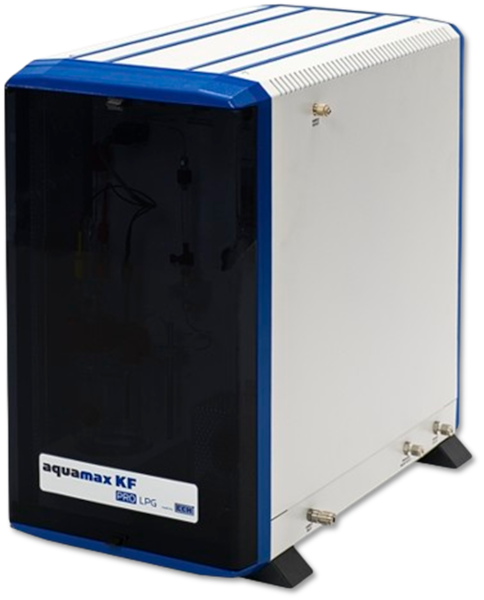 Oil Analysis
Oil Analysis
Aquamax KF PRO LPG
The Aquamax KF PRO LPG is a specialized coulometric Karl Fischer titrator tailored for determi...
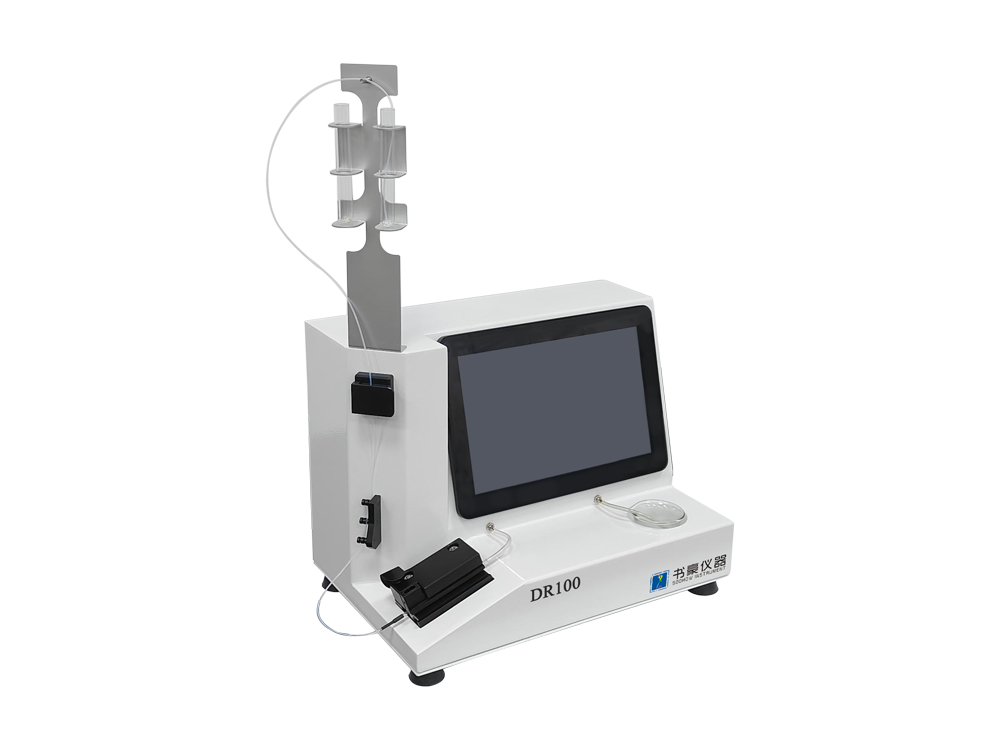 Oil Analysis
Oil Analysis
Direct reading ferrograph DR100
The DR100 is a benchtop ferrograph that offers fast, automated quantification of ferrous wear partic...
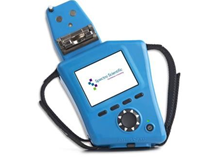 Oil Analysis
Oil Analysis
FluidScan® 1000 Series
The FluidScan is a handheld infrared spectrometer used for on-site oil condition analysis. It measur...
 Oil Analysis
Oil Analysis
iLube – Intelligent Lubricant Diagnostic
iLube is a smart, flexible, and multilingual oil analysis software platform designed to work with a ...
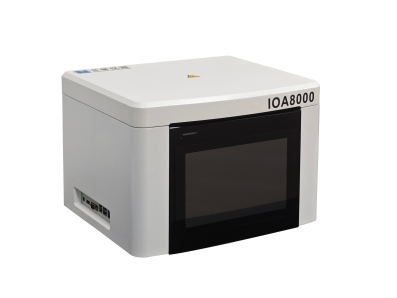 Oil Analysis
Oil Analysis
Intelligent oil analyzer IOA8000
The IOA8000 is a portable, user-friendly energy-dispersive X-ray fluorescence (EDXRF) analyzer tailo...
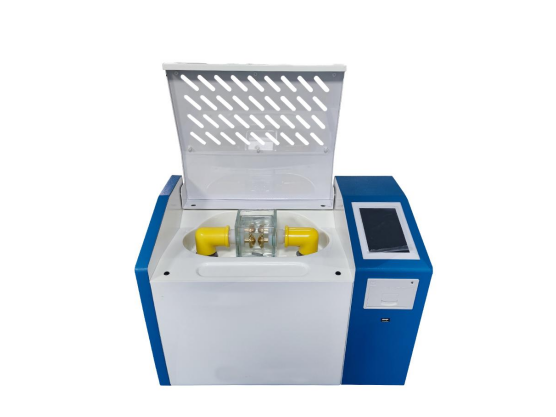 Oil Analysis
Oil Analysis
JKJQ‑1A Insulating Oil Dielectric Strength Tester
The JKJQ‑1A is a fully automatic, portable single-cup tester designed to measure the dielectric (b...
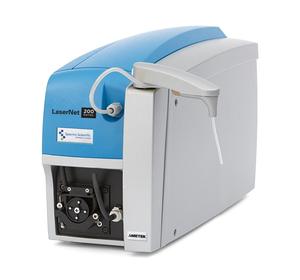 Oil Analysis
Oil Analysis
LaserNet 200 Series
The LaserNet 200 Series is an advanced, automated particle analysis system designed to detect, class...
 Contact Angle & Surface Tension
Contact Angle & Surface Tension
MBP – Bubble Pressure Tensiometer
The MBP 200 by DataPhysics Instruments employs the maximum bubble pressure method to accurately me...
 Oil Analysis
Oil Analysis
MicroLab Series
The MicroLab Series from Spectro Scientific is a fully automated, on-site oil analysis system design...
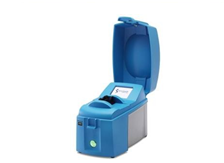 Oil Analysis
Oil Analysis
MiniVisc 3000
The MiniVisc 3000 is a groundbreaking portable kinematic viscometer that delivers laboratory-grade v...
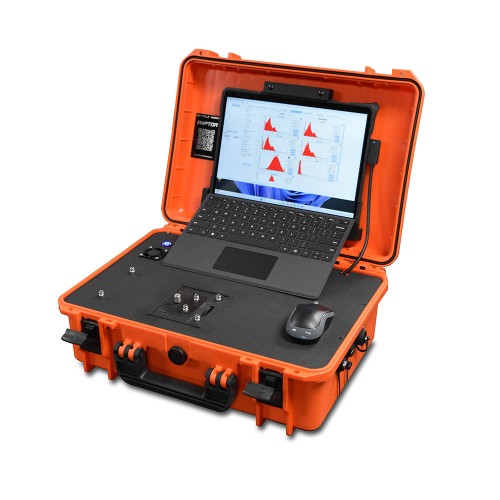 Oil Analysis
Oil Analysis
Pi Raptor Portable
The Raptor Portable Dry Powder Particle Size & Shape Analyzer is the first truly portable system tha...
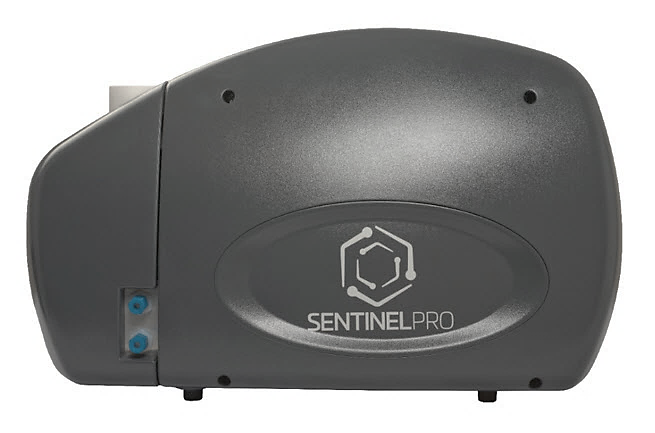 Oil Analysis
Oil Analysis
Pi Sentinel PRO
The SentinelPro is a high-performance dynamic image analyzer designed for applications where particl...
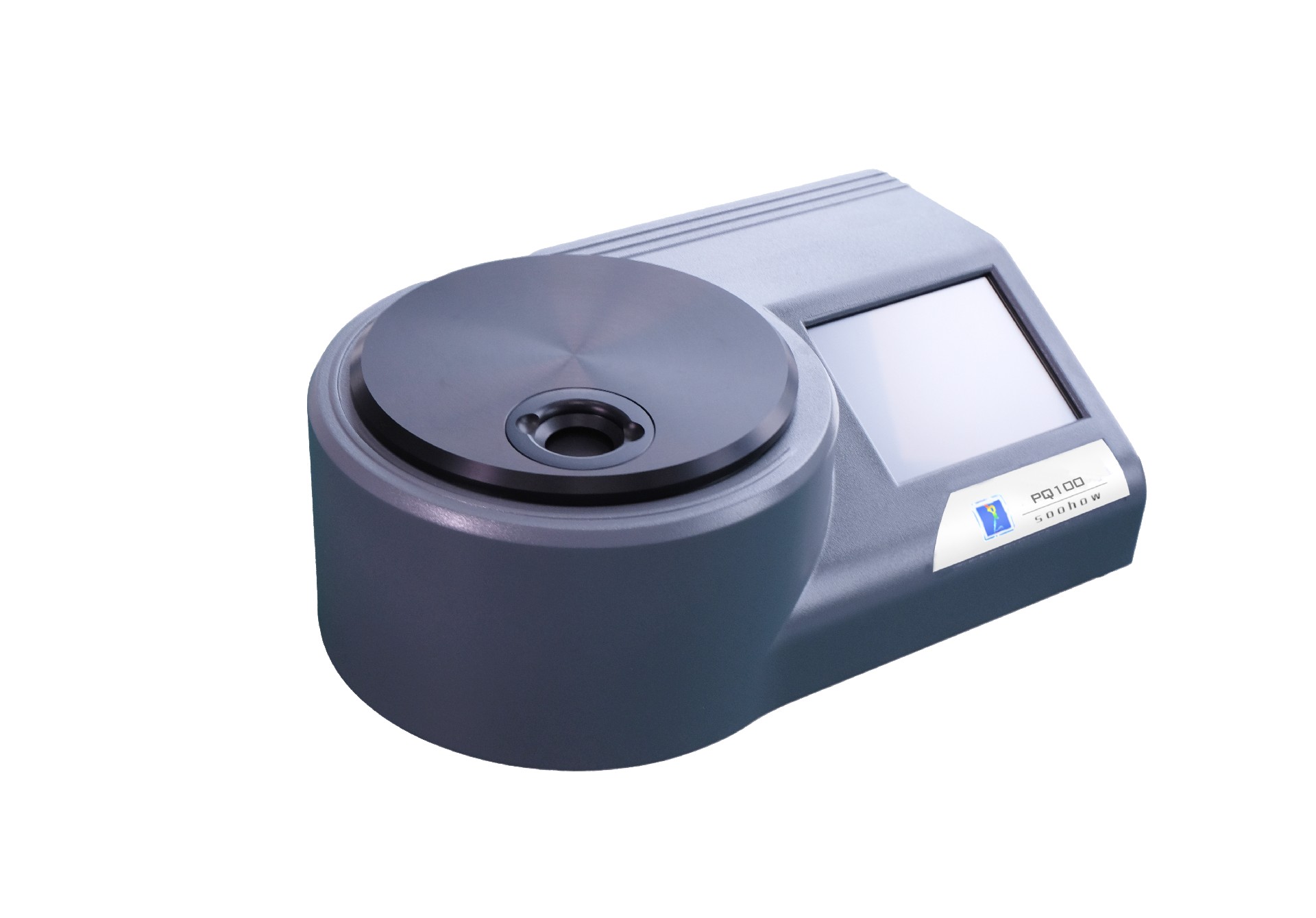 Oil Analysis
Oil Analysis
PQL Ferromagnetic Wear Analyzer PQ100
The PQ100 is a compact, portable device designed for the quick detection and quantification of ferro...
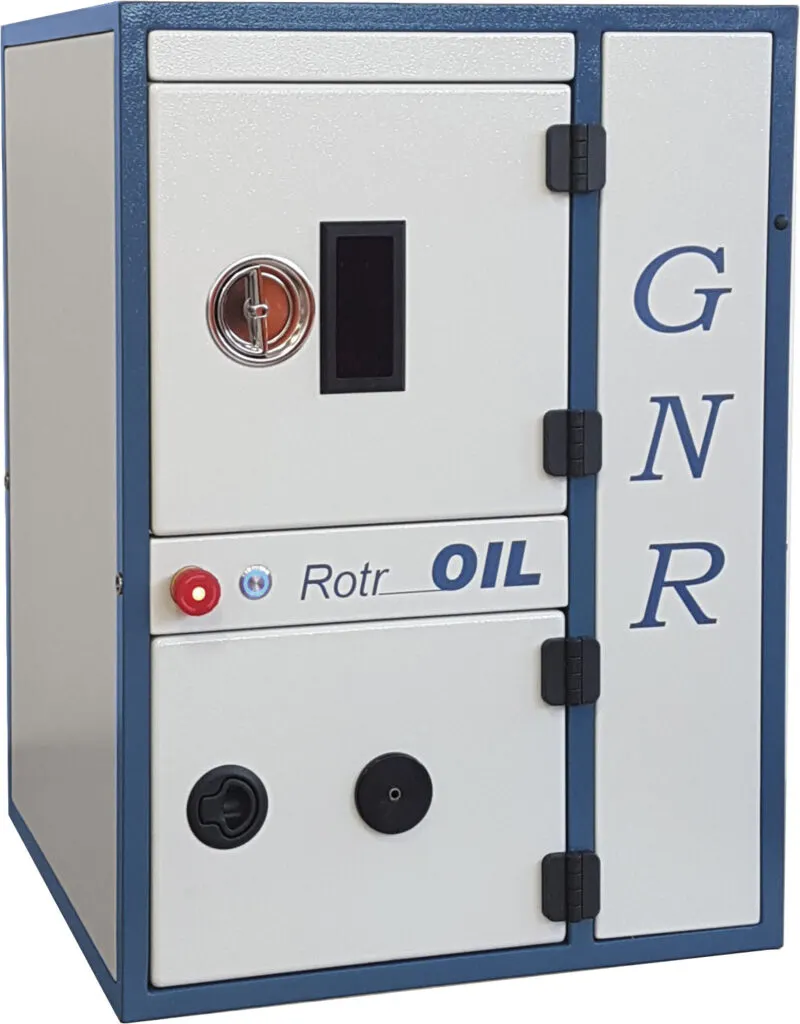 Oil Analysis
Oil Analysis
RotrOil
The RotrOil is GNR’s latest-generation Rotating Disc Electrode Optical Emission Spectrometer (RDE-...
 Oil Analysis
Oil Analysis
Smart Lu C
Smart Lu C is a compact, field-ready MiniLab system combining three advanced diagnostic tools in...
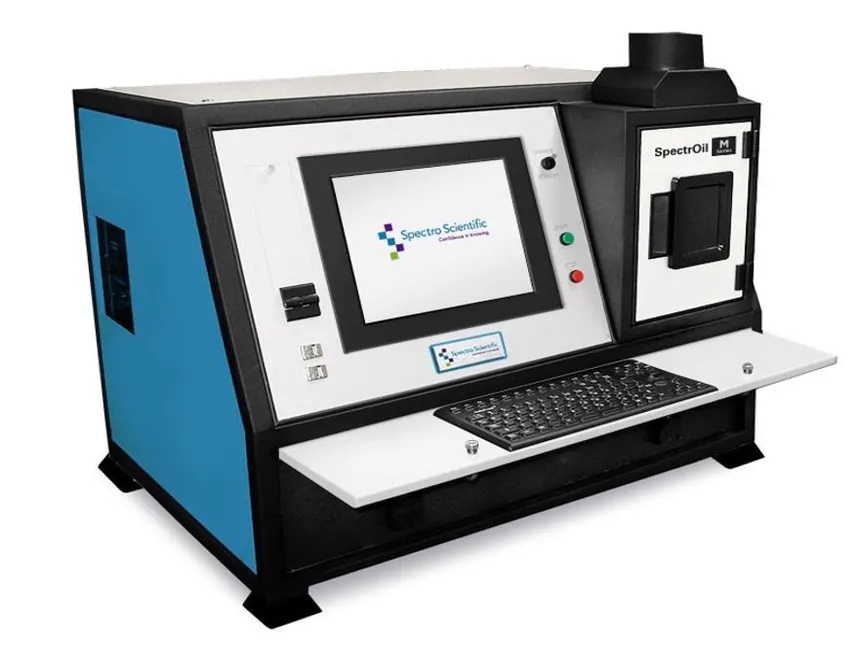 Oil Analysis
Oil Analysis
SpectrOil M Series
The SpectrOil M Series is a compact, rugged, and highly reliable Rotating Disc Electrode Optical E...
Ready to Find the Right Solution?
Our team can help you select the perfect products for your Marine applications